After limited progress at COP30, the message is clear – to protect supply chains, business must take the initiative on sustainability
Álvaro Moreira, Senior Manager for Large Farm Programmes and Partnerships at BCI, reflects on COP30.
Read moreÁlvaro Moreira, Senior Manager for Large Farm Programmes and Partnerships at BCI, reflects on COP30.
Read moreThe European Parliament’s recent endorsement of the Omnibus I Simplification Package threatens to significantly weaken corporate sustainability obligations under the CSRD and CSDDD.
Read moreThe approval of the European Commission’s Omnibus I proposal by the European Parliament’s Committee on Legal Affairs, accepting controversial changes to key sustainability directives is of great concern. These changes, namely to the Corporate Sustainability Reporting Directive (CSRD) and the Corporate Sustainability Due Diligence Directive (CSDDD), threaten to significantly dilute business reporting and due diligence obligations.
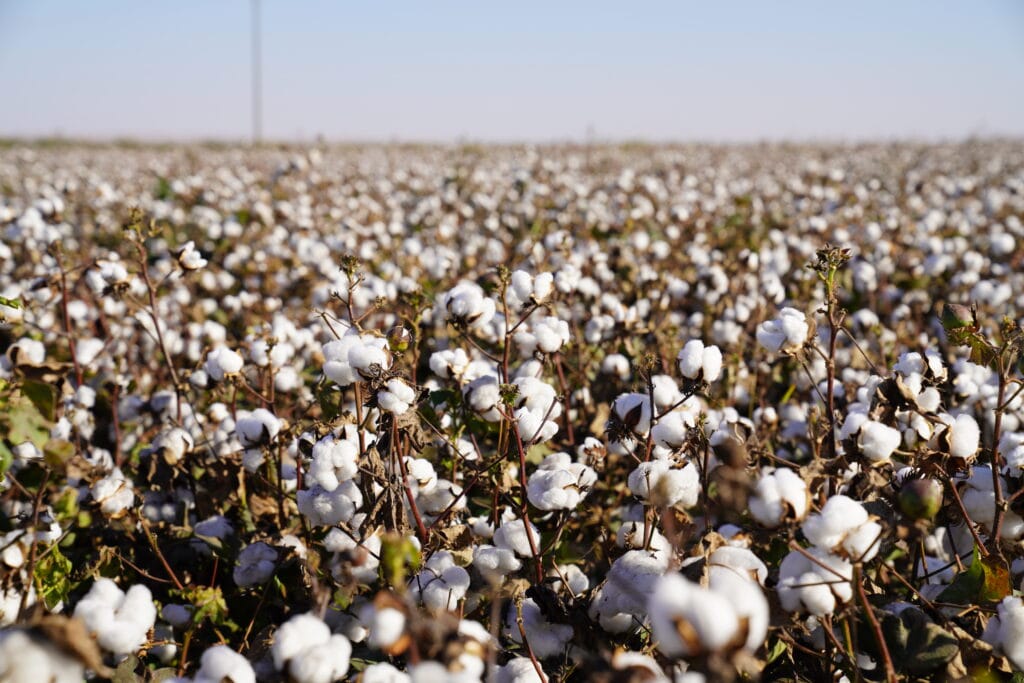

Warning against the impact of the EP’s endorsement of the changes, Hélène Bohyn, Policy & Advocacy Manager at the Better Cotton Initiative said: “What is presented as ‘simplification’ is in truth a dangerous dilution of essential safeguards. The European Parliament’s endorsement of the changes significantly weakens legal pressure for corporate accountability and risks dismantling the transformative power of the CSRD and CSDDD – landmark frameworks built to protect human rights and the environment. We strongly urge the European Parliament to reconsider and call on businesses to resist the temptation to lower their standards.”
Read moreWith support from the ISEAL Innovations Fund, between July 2024 and April 2025 BCI launched a pioneering Wage Transparency pilot across Pakistan.
Read moreThe Better Cotton Initiative (BCI) has launched an innovative product label which allows brands to provide greater clarity about the origin and percentage of BCI Cotton in their products.
Read more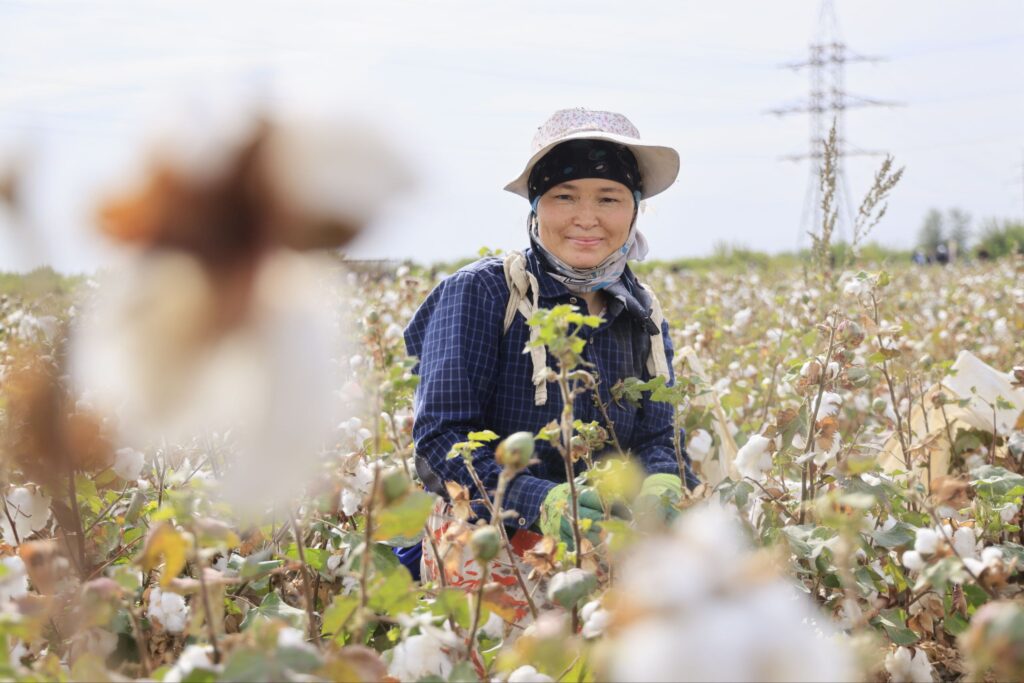

Better Cotton, the world’s largest cotton sustainability initiative, has announced significant progress in the delivery of its Uzbekistan programme, including the adoption of stronger and more refined approaches to due diligence and decent work activities.
Katerina Gorbunova, Head of Better Cotton’s programme in Uzbekistan, said: “In collaboration with our Programme Partner, the German Agency for International Cooperation (GIZ), we have strengthened the programme’s framework and the services we offer to accelerate change across the country’s cotton sector.”
Better Cotton’s Uzbek programme has strengthened in-country verification of licensed clusters by building the capacity of independent civil society groups and third-party auditors, plus implementing an updated due diligence methodology to ensure more robust and local oversight.
This new-and-improved approach includes in-depth interviews and questionnaires with both cluster management and workers. It also consists of checks on financial health, ethics, and governance, providing a more comprehensive view of risk and performance across participating enterprises. The insights generated through this process are used to inform targeted interventions.
Decent work-related actions have also evolved in light of Better Cotton recently becoming a certification scheme. The organisation now conducts preliminary assessments of newly onboarded clusters before the season begins to determine their readiness for certification and if requirements are not met, audits are postponed to the following season.
For clusters with active licences, second party checks by qualified Better Cotton staff are conducted to identify potential decent work-related issues and, if necessary, trigger a more comprehensive examination by external labour rights monitoring organisations.
Since August 2024, Better Cotton and GIZ have expanded training to cover not only innovative and regenerative agricultural practices, but also social sustainability and decent work principles following recent changes to Uzbek labour laws.
This effort deployed a cascading training methodology to target cotton cluster management on the basis that they can subsequently educate workers, who can then support their peers.
Gorbunova said: “The Uzbek cotton sector has tremendous potential to be a leader in the production of more sustainably produced cotton. This can only be achieved through collaboration, robust and transparent processes, and perseverance. Better Cotton is uniquely positioned to help unlock this potential and will continue to engage stakeholders across the country to make our vision a reality.”
Paul Schumacher, Cotton Project Manager at GIZ Uzbekistan, added: “Today, sustainable agricultural methods, trade facilitations and decent work are no longer parallel efforts, they are parts of one sustainable system. With the right networks and shared effort, as we created within the frame of Better Cotton, we turn individual action into systemic change.”
Notes to Editors
In its inaugural meeting, the Multistakeholder Dialogue brought together different sectors to share experiences and challenges to improve sustainability in cotton production.
Read more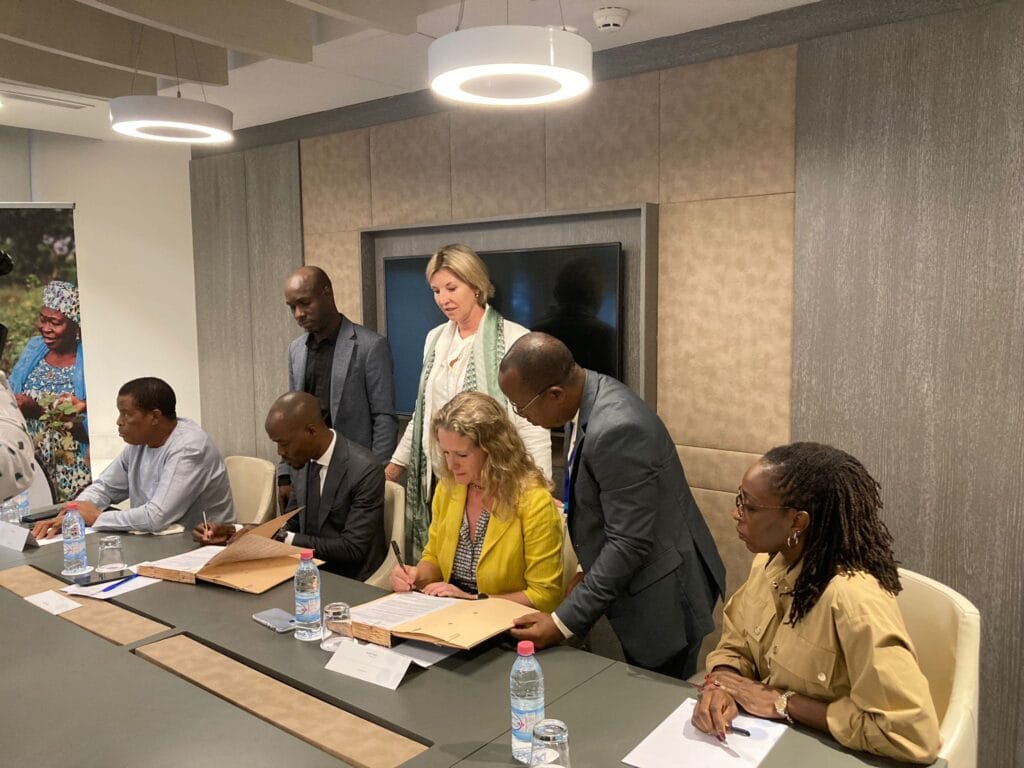

Better Cotton has launched a new programme in Benin to support the production of more sustainable cotton in West Africa.
The programme will aim to engage more than 200,000 smallholder cotton farmers in order to embed sustainable farming practices, improve livelihoods and help them adapt to the effects of climate change.
As Better Cotton’s presence across Africa continues to grow, so too does the movement towards more sustainable cotton production. There is incredible appetite for change on the continent and we’ll work with partners new and old to leverage that.
The Interprofessional Cotton Association of Benin (AIC) will serve as a Strategic Partner for the Better Cotton Programme. The AIC manages both farming and cotton ginning bodies and more broadly facilitates relations with the sector’s stakeholders across Benin.
As Strategic Partner, the AIC will lead the establishment and implementation of an impactful Better Cotton Programme and help drive engagement with the country’s farming communities and other stakeholders.
The start of a Better Cotton Programme in Benin is a matter of national initiative supported by the entire cotton sector and managed by the Interprofessional Cotton Association. The implementation of this programme will help our valiant producers strengthen their resilience by introducing more sustainable production practices.
The agreement was formalised at a multistakeholder meeting in Cotonou, Benin, on 8 October where both organisations met to discuss the opportunities and challenges in cotton farming and agriculture more broadly.
Benin is Africa’s second largest cotton producing country after Mali. In the 2022/23 season, it produced more than 580,000 metric tonnes (MT) of cotton, according to government figures.
Better Cotton operates programmes across Africa in Mozambique, Egypt, Mali and Côte d’Ivoire.
Read more

Better Cotton will spotlight its efforts to trace cotton in Uzbekistan at this week’s Global Fashion Summit, which gets underway today in Copenhagen until 28 June.
Tomorrow, from 16:00-16:30 CEST, Better Cotton Chief Executive Officer, Alan McClay, will take part in a panel discussion centred on an ongoing pilot project in the country’s cotton sector, which has been led by the United Nations Economic Commission for Europe (UNECE).
On the Innovation Stage of Copenhagen’s Concert Hall, McClay will be joined by Olivia Chassot, Economic Cooperation and Trade Division, UNECE, and Mirmukhsin Sultanov, First Deputy Chairman, Uztextileprom. Zofia Zwieglinska, International Fashion Reporter at Glossy, will facilitate the discussion.
The session will explore the pilot project’s aim of tracing Better Cotton through the vertically integrated operations of Navbahor Tekstil, a company based in the city of Navoi. In this endeavour, the UNECE established a digital platform capable of logging the movement of Better Cotton from a licensed farm through the ginning, spinning, weaving and manufacturing processes.
Uzbekistan’s recently privatised cotton industry is organised under vertically integrated businesses known as ‘clusters’, creating an operating environment that is conducive to tracing cotton.
As the world’s sixth largest cotton producing country, Uzbekistan is of strategic importance to Better Cotton, which launched a programme there in 2022, as it vies to scale the availability of more sustainable cotton, protect and restore the environment, and support local communities.
Beyond its work in Uzbekistan, Better Cotton has bold ambitions for the traceability of cotton globally and will later this year launch its own system to unite supply chain actors in data exchange.
Better Cotton’s traceability solution will enable Retailer and Brand Members to verify the country of origin of the physical Better Cotton within their products, meeting the industry’s need for supply chain transparency.
I’m excited to participate in this week’s Global Fashion Summit, discuss Better Cotton’s role in the pilot and outline its broader ambition. This pilot has been a collaborative effort and will go some way in informing the development of our own traceability system. Traceable materials and transparent supply chains are of utmost importance to leading retailers and brands, and we’re well-positioned to support their goals.
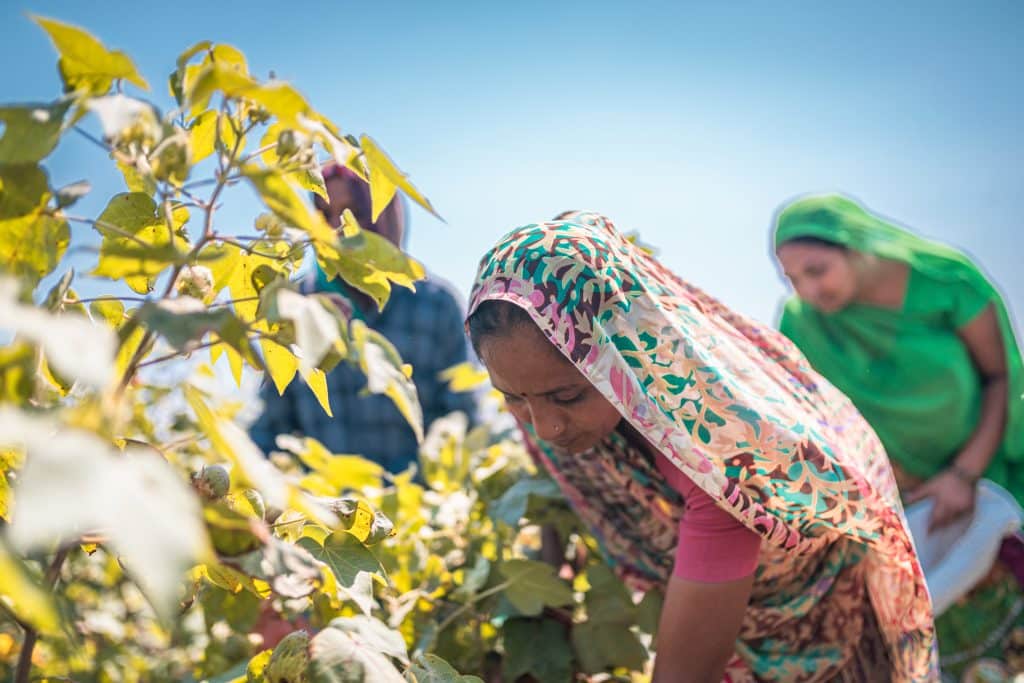



Millions of women around the world dedicate their lives to cotton production, and yet their representation and contributions aren’t fairly reflected within the sector’s hierarchies.
It’s with this in mind that Better Cotton recently launched its 2030 Impact Target for Women’s Empowerment. Over the coming years, we aim to reach one million women in cotton with programmes and resources that promote equal farm decision-making, build climate resilience, or support improved livelihoods. What’s more, we commit to ensuring that 25% of field staff are women with the power to influence sustainable cotton production.
To achieve this, we’ll collaborate closely with leading organisations to create the environment for field-level change. Here, we speak to Nisha Onta, Regional Coordinator for Asia at WOCAN, to understand the topic’s complexities and obstacles preventing women from advancing their careers in cotton. Nisha is amongst four keynote speakers at this year’s Better Cotton Conference, taking place in Amsterdam from June 21.
There are a lot of research findings which show that the major barrier for women to access training are time poverty, access to information and restrictions on mobility.
Time poverty simply means there is just not enough free time in the lives of women to add more training to their schedule. It is called the ‘triple burden’ of women. Women are responsible for productive, reproduction and communal roles. Therefore, in order to make sure we want to invite more women to train, organisers will have to provide childcare facilities, the timing of the training has to be reasonable for them and the training should address the triple burden so it is not adding to their already packed schedule of responsibilities.
Access to information is also critical, there are many instances that women are simply not aware of the availability of training or resources. Therefore, the usual mode of communication, such as sending training schedules to local representatives and news in the media might not reach the women we are trying to train. Perhaps using local women cooperatives and other mediums that are accessible to women could increase their participation.
Mobility issues can be due to cultural issues or simply the issue of infrastructure. If the training is scheduled for the evening but local safe transport is not available, for example. In some communities, women may not be allowed to travel to participate in trainings, then the organisers will have to use different strategies to convince the head of the households to give permission for the women to attend.
Ensuring that there’s capacity for women to participate in decision-making is critical to increasing their representation. If the system is not designed to include women in leadership positions, no matter how much training is available, they’ll never have equal opportunities. Therefore, a systematic rethink is required to create the space for women to participate and influence the cotton sector they contribute so much to.
Organisations like Better Cotton can be catalysts to advance gender equality in the cotton sector. Better Cotton’s vast network touches millions of farmers around the world and this infrastructure will be important to driving changes at the field-level. Better Cotton’s Women’s Empowerment Impact Target will serve an important purpose to the sector if we’re to see women afforded the chances that have historically been set aside for men.
There needs to be the space for women to voice their opinion and influence the sector’s development through decision-making positions. There has to be more direct resources such as trainings, credit and grants for women led business. These changes will inspire and impact future generations across agriculture and may also encourage the creation of more women-led businesses in the cotton value chain.
Read more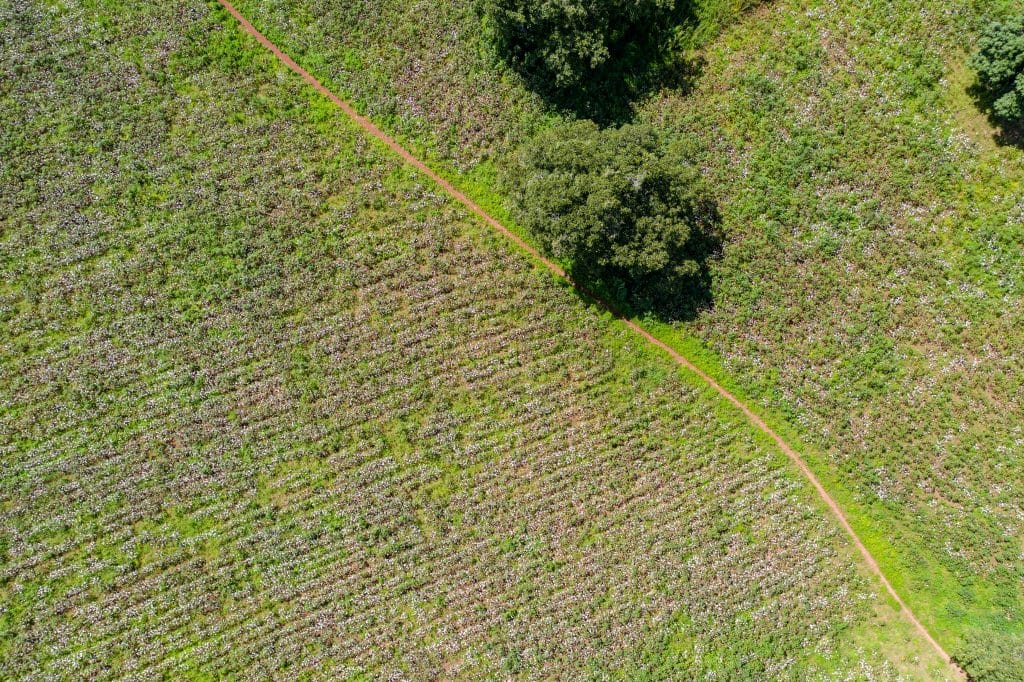

Better Cotton has submitted feedback to the United States Federal Trade Commission (FTC) as part of an ongoing review of its Guides for the Use of Environmental Marketing Claims (Green Guides).
The FTC is a bipartisan federal agency of the US government that champions the interests of American consumers. Its Green Guides framework was launched in 1992 to ensure that product sustainability claims made by companies are accurate and substantiated, with guidance updated intermittently to best reflect a modern context.
The guidance made available to companies covers general principles that apply to all environmental marketing claims, including information on how consumers are likely to interpret particular claims and how these can be substantiated, and how marketers can qualify their claims to avoid deceiving consumers.
As part of this latest review, Better Cotton has submitted feedback to ensure that the document considers an agricultural context and what constitutes progress at field-level.
Notably, one of the six components of the Better Cotton Standard System (BCSS) is our Claims Framework, through which we provide support to eligible members to communicate their commitment to Better Cotton in a clear, transparent and credible way.
The ability for Better Cotton Members to communicate about their financial investment in Better Cotton to consumers strengthens their commitment to our farm-level programmes which seek social, environmental and economic improvements for cotton farmers and farming communities.
Better Cotton is supportive of the FTC’s initiative, through its revised Guides, to establish a common framework through which US companies can ensure they communicate their sustainability efforts in a credible, verifiable and accurate manner.
In doing so, businesses benefit from a level playing field and are empowered to continually pursue bolder sustainability targets with the opportunity to relay such ambitions to an increasingly sustainability-conscious consumer base.
That said, to improve the guidance in its current form, Better Cotton considers that the FTC should continue to include examples of substantiation from a range of methods and avoid limiting substantiation to one standard methodology.
Establishing one single method as the standard methodology for the substantiation of claims such as lifecycle analysis (LCA) or product environmental footprints (PEF) would not be appropriate as, to date, there is no standard methodology available that can cover all relevant impact categories for all product types.
Moreover, LCA raises specific challenges when applied to an agricultural context. If this approach is adopted in the revised Guides, some of the most trusted and widely used sustainability schemes and their labels would effectively be unable to provide environmental marketing claims for their members.
Read more